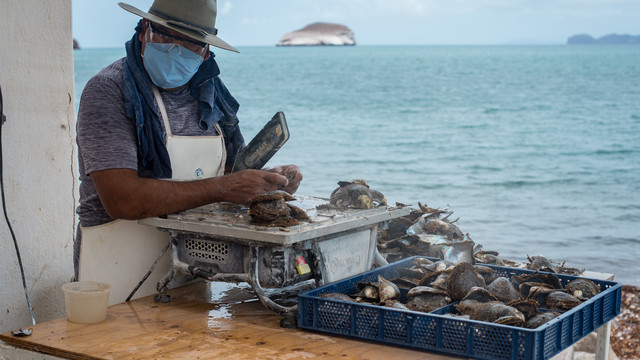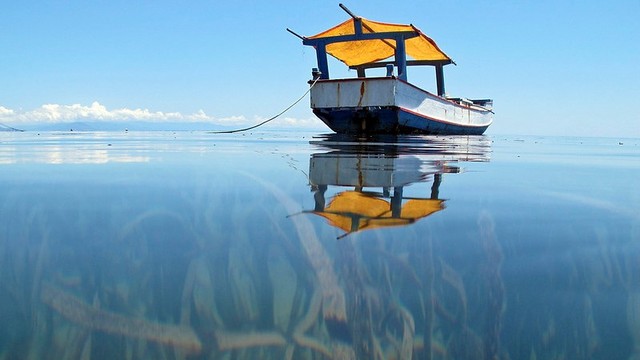Buy me an ocean: why we need payments for coastal and marine environments
Without incentives to properly manage coastal and marine environments, these valuable resources will continue to deteriorate — with dire consequences for already impoverished communities.


An artisanal fisherman in rural Bangladesh (Photo: copyright Essam Yassin Mohammed, IIED)
Human beings have lived off the bounty of the oceans for thousands of years. Coastal and marine environments provide vital benefits to humankind — they supply fish, help recycle nutrients, store carbon and regulate our climate. They also have significant cultural value.
Fisheries alone provide multiple benefits to poor and impoverished coastal communities. As well as being a major source of food, fisheries provide employment for millions of men and women in such communities. In fact, research reveals that 43.5 million people work directly in the sector — the majority in developing countries.
But despite this the importance of fisheries and coastal and marine ecosystems is often understated and ignored. This has led to overexploitation and degradation of the resource, reducing the quality and effectiveness of the benefits it provides. For example, across the world, fish stocks are falling, with around a third considered to be overexploited or depleted.
Failure of the markets
The main problem is that conventional markets fail to put a price tag on the benefits that coastal and marine ecosystems provide. Those in charge of coastal resources often do not consider the value of these benefits when making decisions about how these resources should be used.
This is further exacerbated by long-pursued regulatory approaches to fisheries management, which fail to incentivise fisher and coastal communities to change their unsustainable resource use practices. That is because regulatory approaches incur some cost to resource users, making it difficult for individuals to abide by the rules in return for long-term benefits.
Shifting from regulations to incentives
Where regulatory mechanisms — such as restriction on the mesh size of fishing nets and issuing fishing permits — have failed, market mechanisms, such as Payments for Ecosystem Services (PES) are regarded as a viable and effective tool. PES essentially rewards resource users for adopting more sustainable natural resource use practices or compensates them for the benefits forgone when they comply with certain natural resource use regimes.
In my policy briefing paper, Payments for coastal and marine ecosystem services: prospects and principles, I have identified five activities that can be bolstered by incentive mechanisms. Fishers could be compensated for:
- restoring coastal ecosystems such as mangroves;
- conserving threatened species;
- using sustainable fishing practices (as opposed to destructive fishing practices such as the use of dynamite or poisons);
- lost revenues during closed season; and
- lost earnings due to the imposition of protected areas where fishing is restricted.
How to design effective schemes
But marine-PES schemes must be carefully designed to ensure they can provide the necessary incentives to conserve coastal and marine ecosystems over the long term. In particular, they must be underpinned by robust research, clear property rights, equitable benefit-sharing and sustainable finance — all of which are discussed more fully in the briefing paper
If we fail to put in place effective incentive mechanisms, then our coastal and marine resources will continue to deteriorate and make the poor more vulnerable to shocks. While poor coastal communities say, ’buy me an ocean’ and governments say, ’cry me an ocean’, it is hard to break the vicious cycle. As an old fisherman in rural Bangladesh told me once, "Khuda amader sahajjo korun" — this literally means, "May God help us".
Read Payments for coastal and marine ecosystem services: prospects and principles



